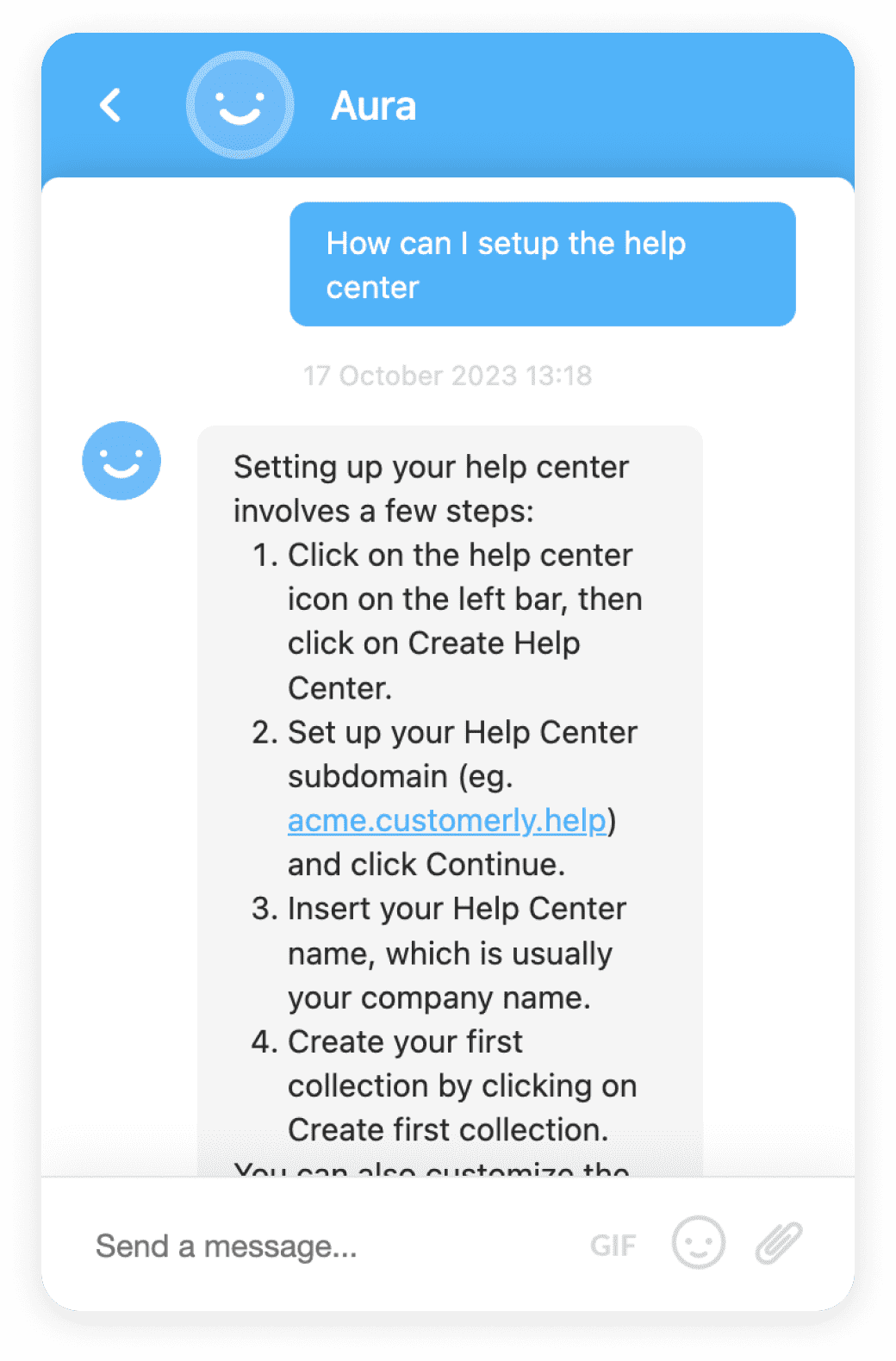SOA (Service-Oriented Architecture)
SOA is a software design pattern that structures an application as a collection of services, allowing for efficient system integration and improved interoperability.
Definition
SOA, or Service-Oriented Architecture, is an architectural pattern in computer software design. It structures an application as a collection of services that are easy to integrate and reuse, creating a flexible and interoperable system.
Usage and Context
SOA is used in various computing contexts but is particularly useful in distributed systems. It provides a way to expose business functionality and allows different applications to communicate with each other through a common interface, known as a service. The services are self-contained, meaning they do not depend on the context or state of other services.
FAQ
What is a service in SOA?
A service in SOA is a distinct unit of functionality that can be accessed remotely and acted upon and updated independently, such as retrieving online banking data.
What is the main advantage of SOA?
SOA's main advantage is that it allows for the reuse of services, which can reduce costs and increase efficiency. It also provides greater flexibility and interoperability between different systems.
Related Software
There are several software and platforms related to SOA, including Oracle SOA Suite, IBM WebSphere, and Microsoft BizTalk Server.
Benefits
SOA provides numerous benefits, including increased reuse of services, improved flexibility, and better alignment with business processes. It also allows for easier system integration and improved interoperability.
Conclusion
In conclusion, SOA is a valuable architectural pattern that allows for efficient and flexible system design. Its focus on service reuse and interoperability makes it a popular choice for many businesses.
Related Terms
API (Application Programming Interface)
An API is a set of rules that allows software applications to communicate with each other. It defines the methods and data formats for communication.API Integration
API Integration is the process of connecting different software systems to communicate, exchange data, and perform functions.Pinterest Marketing
Pinterest Marketing is the strategic use of Pinterest to increase brand visibility, drive web traffic, and boost sales.











